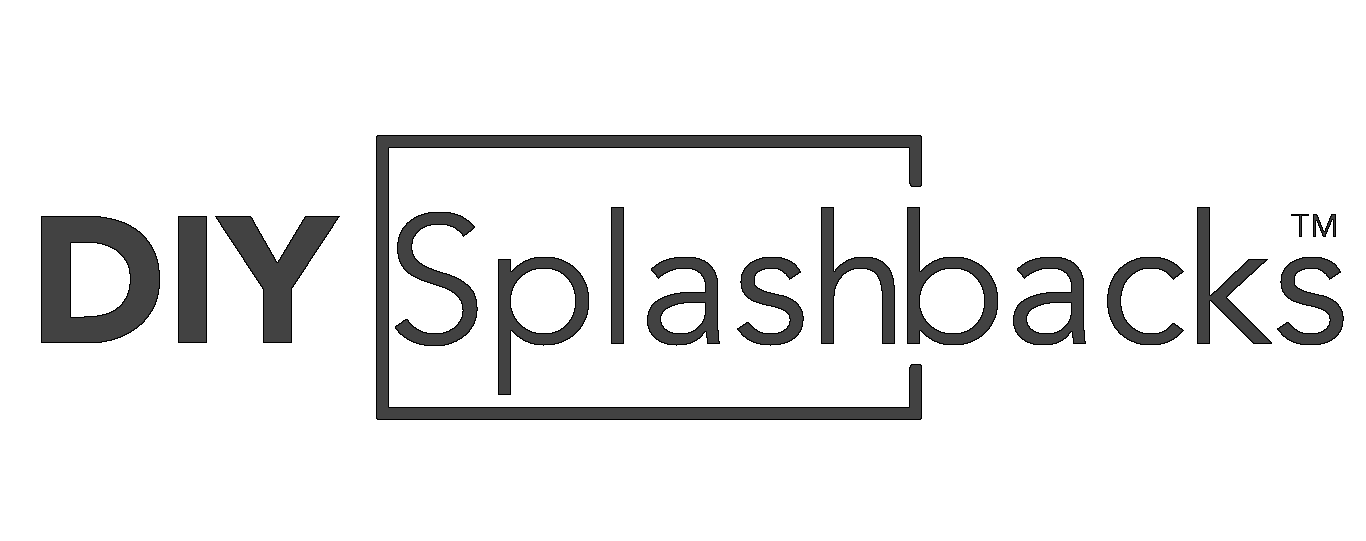Splashbacks are a vital addition to any kitchen or bathroom, blending practicality with style. Whether you’re protecting your walls from spills or enhancing your space’s design, you likely have questions about selecting, installing, and caring for a splashback. This blog post provides clear, concise answers to the most common queries, using the latest information available and UK grammar standards. Let’s dive in!
1. What is a splashback, and why do I need one?
A splashback is a panel installed behind areas prone to splashes, like kitchen hobs, sinks, or bathroom basins, to protect walls from water, grease, and stains. Beyond its protective role, it’s a chance to add personality to your space.
Why it’s essential:
- Wall Protection: Shields against moisture and grime.
- Hygiene: Easy-to-clean surfaces prevent mould and bacteria.
- Style: Elevates your room’s aesthetic.
2. What are the most popular splashback materials?
Your choice of material affects both function and look. Here are the top options in 2025:
- Glass splashbacks are modern and vibrant, and they are available in countless colours. Although they are more expensive, they are heat-resistant and easy to clean.
- Acrylic Splashbacks: Lightweight, shatterproof, and budget-friendly, mimicking glass but with lower heat resistance.
Quick Tip: Glass and acrylic dominate UK trends for their sleek finish, while stainless steel suits busy kitchens.
3. How do I choose the right splashback?
Picking the perfect splashback means balancing style, practicality, and budget. Consider:
- Location: Kitchens need heat-resistant options (e.g., glass) near hobs; bathrooms prioritise water resistance (e.g., tiles).
- Design: Glass or acrylic for modern homes; tiles for traditional charm.
- Cost: Tiles and acrylic are wallet-friendly; glass and stainless steel offer premium appeal.
- Upkeep: Glass and steel wipe down easily; tiles require grout care.
Advice: Opt for timeless choices like neutral tiles or glass for lasting appeal.
4. Can I install a splashback myself?
DIY is possible with some materials, but it depends on your skills:
- Acrylic: Lightweight and cuttable, ideal for beginners with adhesive or screws.
- Glass: Doable with care, but heavy panels and cutouts may need a pro.
Guidance: Acrylic or tiles suit DIYers; for glass or steel, pros ensure perfection.
5. How do I measure for a splashback?
Accurate measurements prevent headaches. Here’s how:
- Width: Measure the full length of the installation area.
- Height: Standard is 600mm, but adjust to fit your space (worktop to wall units).
- Cutouts: Note positions and sizes of sockets or fixtures.
- Verify: Double-check all figures.
Pro Tip: Use a template for tricky shapes or hire a pro for precision.
6. What’s the best installation method?
Installation varies by material:
- Acrylic: Apply with adhesive or tape on a clean, flat wall.
- Glass: Use adhesive; screws add security for larger panels.
Essential: Prep the wall, clean and smooth, for a solid fit.
7. How do I care for my splashback?
Keep it pristine with these tips:
- Glass: Wipe with soapy water and a soft cloth; skip abrasives.
- Acrylic: Clean gently with mild detergent; harsh chemicals harm it.
Top Tip: Clean spills fast, especially near hobs, to avoid stains.
8. Are splashbacks heat-resistant?
Heat tolerance matters near cooktops:
- Glass: Toughened glass handles high heat safely.
- Acrylic: Less resistant; keep 100mm from hobs.
Note: Check manufacturer specs, especially for acrylic.
9. Can I customise the splashback?
Absolutely! Options include:
- Glass: Pick any colour or add printed designs.
- Acrylic: Offers similar custom finishes.
Idea: Try a printed glass splashback with a personal touch.
10. How much do splashbacks cost?
Prices depend on material and installation:
- Acrylic: £50–£150/m².
- Glass: £100–£300/m².
Save Smart: Acrylic mimics glass at a lower cost.
11. Do I need to seal my splashback?
Sealing applies mostly to tiles
12. Can I install over existing tiles?
Yes, with caveats:
- Acrylic/Glass: Fine if tiles are secure and flat.
Best Approach: Strip tiles for a fresh, even base.
13. How long do splashbacks last?
Durability depends on care:
- Glass: 10–15+ years.
- Acrylic: 5–10 years.
Extend life: choose quality and maintain it well.
14. Are there UK regulations to follow?
Yes, especially near hobs:
- Heat: Use non-combustible materials (glass, steel, tiles).
- Electrics: Keep sockets safe from water.
Check: Review local building regs or ask a pro.
15. Where can I buy splashbacks in the UK?
Find them at DIY stores or online. For variety, check out the glass splashbacks found on our website, perfect for DIY and pro projects alike.
Conclusion
Splashbacks don't have to be mysterious. With the right material, installation know-how, and care routine, you’ll have a stunning, functional feature in your home. Whether you choose glass for flair or acrylic for value, this guide has you covered. Explore more on our website and start your project today!
